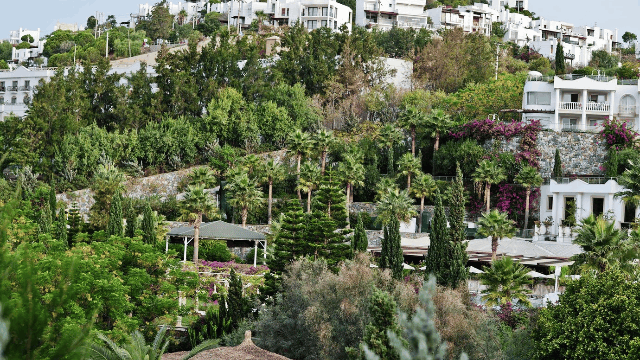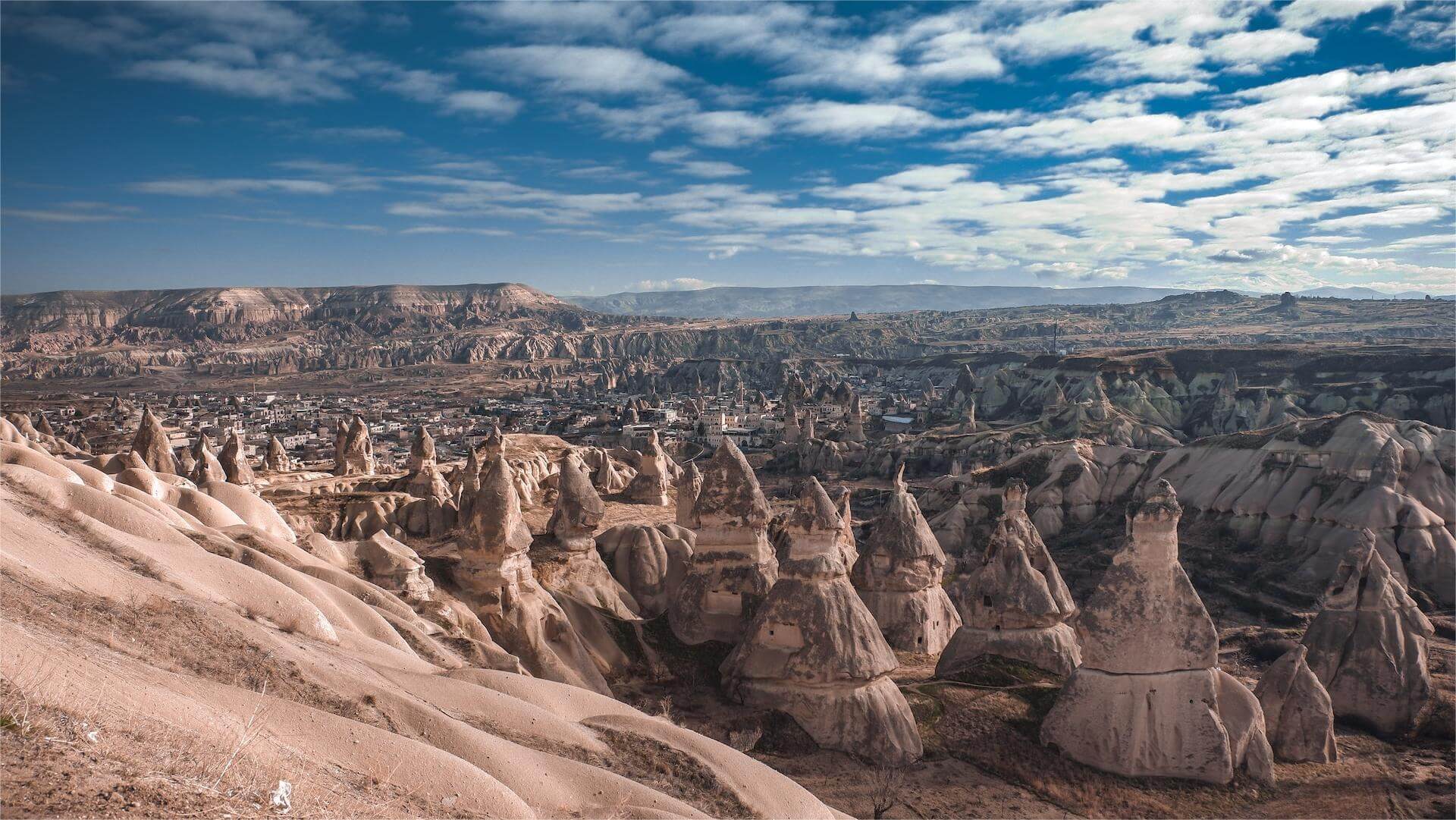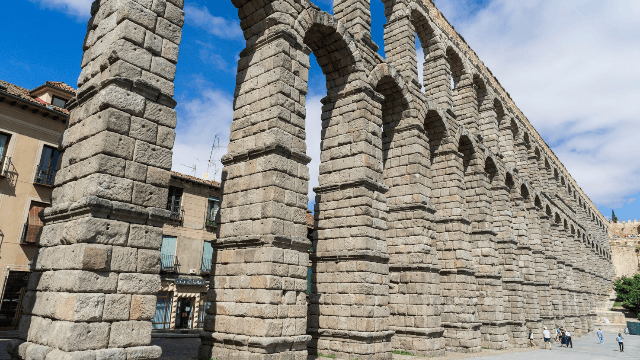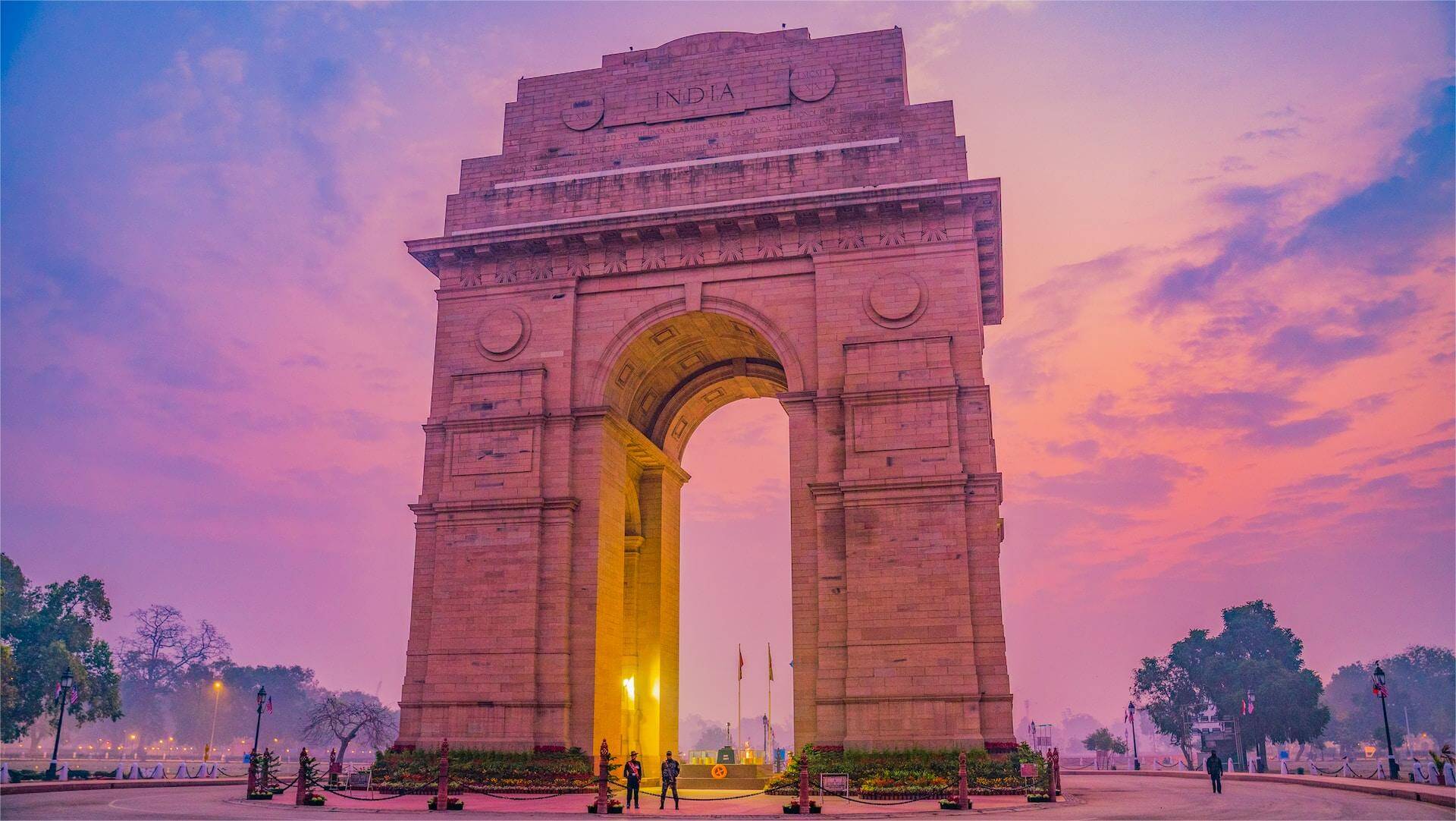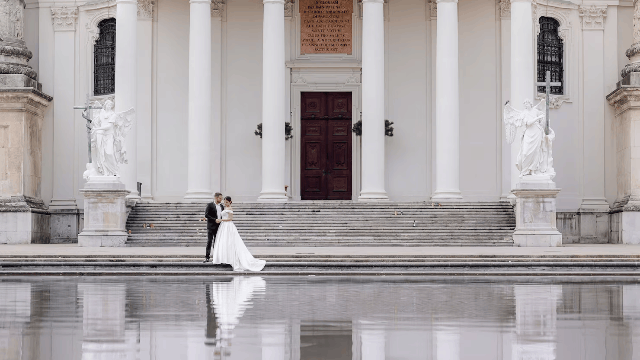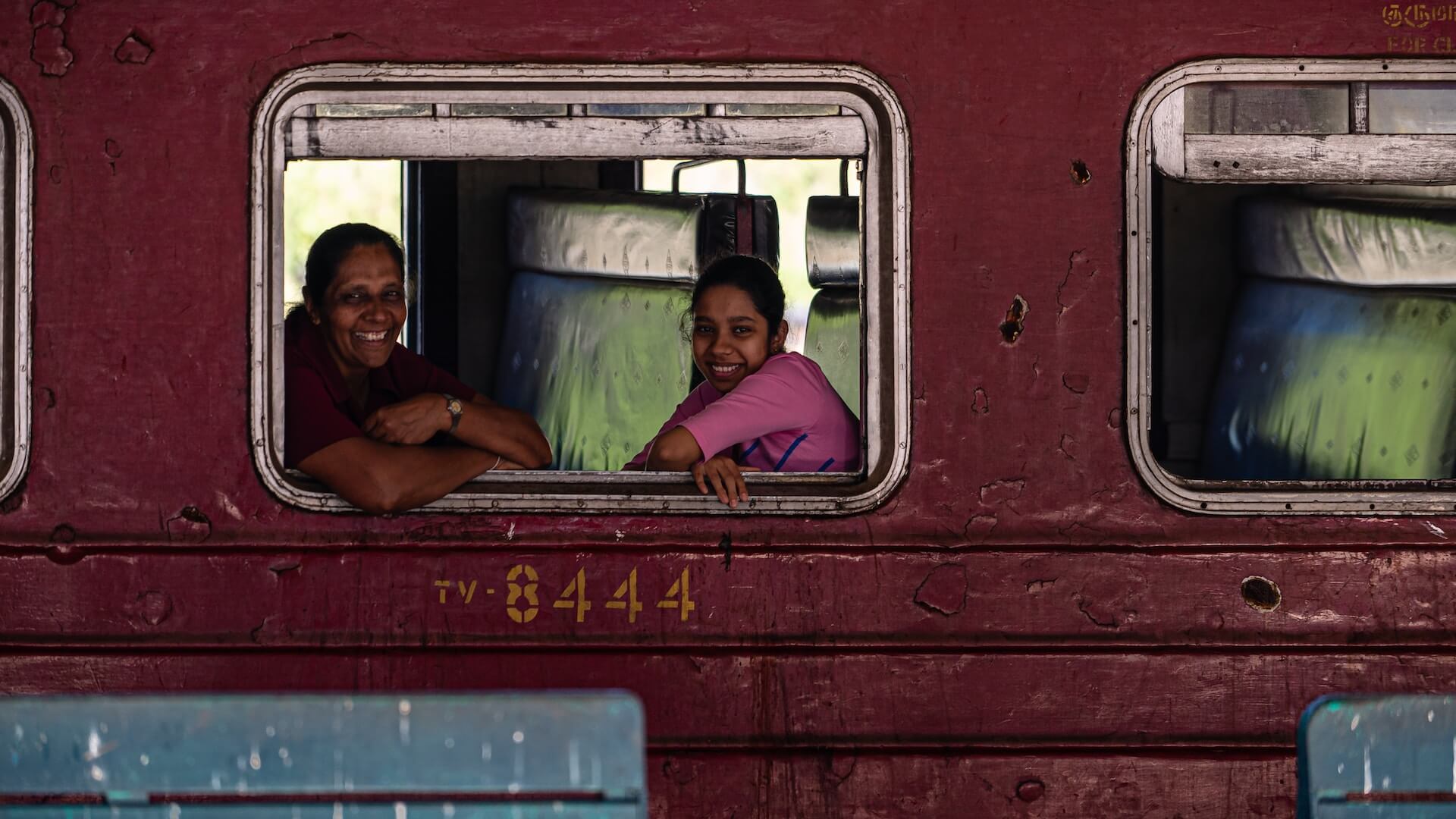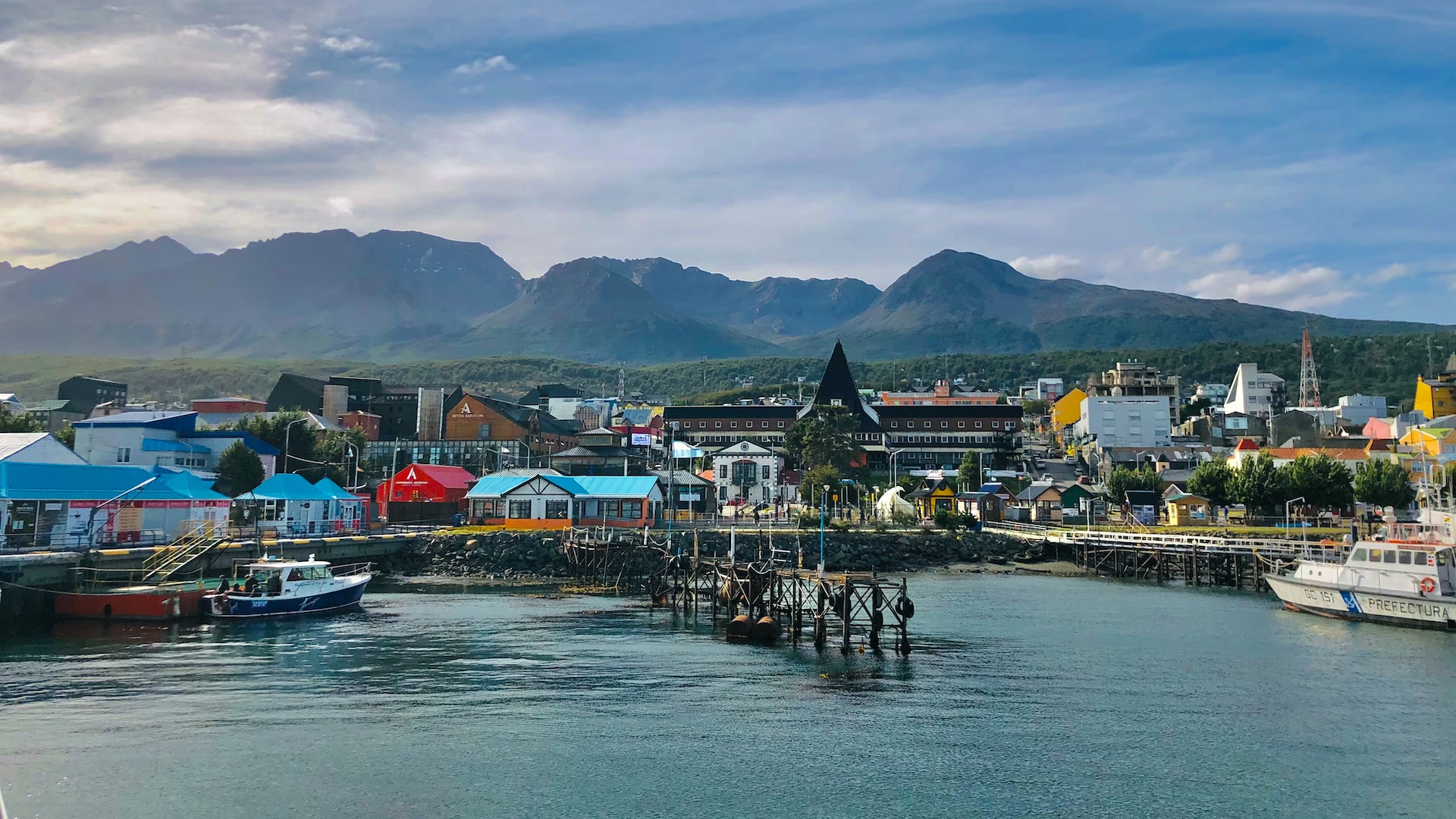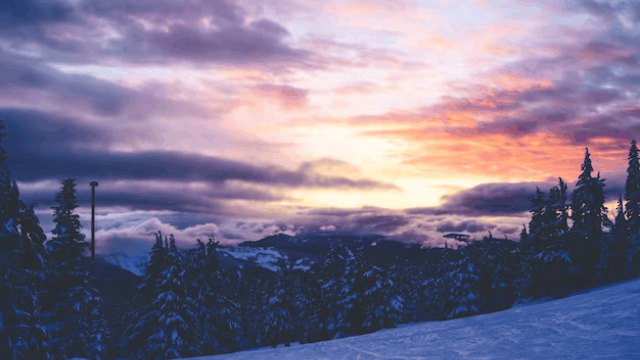S
The city of Oruro, Bolivia, is located in the Andean highlands at an average altitude of 3,700 meters. The city has the most unique carnival in South America, and is listed as an Intangible Cultural Heritage of Humanity by UNESCO because of its high altitude and perfect integration of indigenous culture. The Oruro Carnival just held this year attracted more than 300,000 visitors. I also experienced this post-epidemic carnival, the largest and "closest to the sky" carnival.

The city of Oruro is well connected and is the national hub of Bolivia. The Pan-American Highway runs through the city, connecting it to all parts of South America. As you drive along the highway into the sky, you can see the endless meadows of the Andean highlands. As we drive into Oruro, the huge sculpture of a miner's hat tells the long history of the city's mineral boom and bust. In the old days, when accidents in the pit were common, miners believed in the "goddess of the pit" and put their hopes for safety in the religious spirits. Every year in late February, miners from Potosi, Colque and other mining areas gather in Oruro to celebrate the carnival in their own unique way. The miners and their families form a variety of folk art processions, riding in silver decorated carts, singing and dancing one after another along the street leading to the "Temple of the Pit", and at the front of the procession is a colorful boat, full of gold and silver implements and ancient artifacts dedicated to the "Goddess of the Pit".
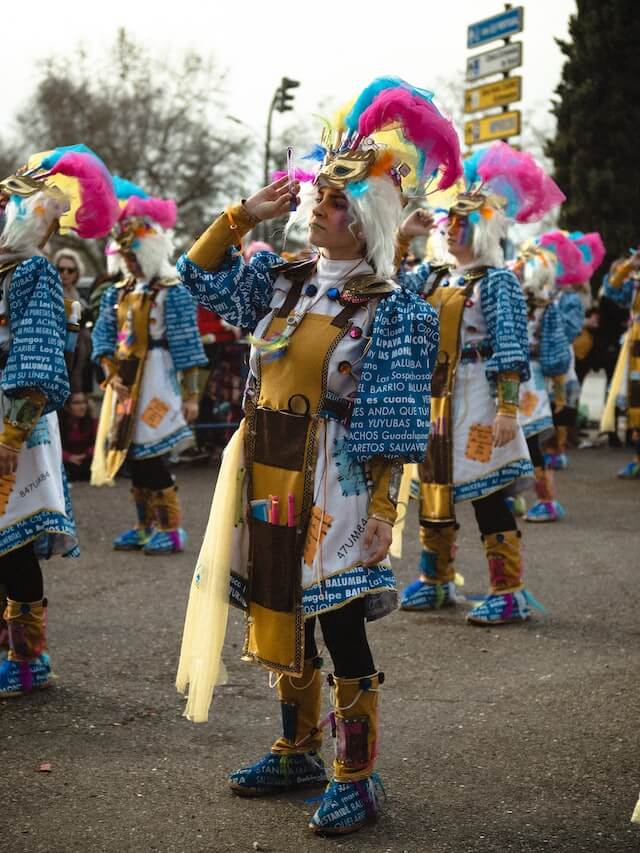
Oruro is known as the "capital of folk art", and its carnival is the product of a multicultural blend. After the Spanish rebuilt Oruro in 1606, the Ulu continued to make long journeys to worship the earth goddess of Inca mythology. 17 centuries later, the Spanish colonial government outlawed the Andean indigenous religion, but the Ulu hid the Andean gods under the pictures of Christian saints, and the once-aboriginal traditional festival slowly took on the guise of a Christian ritual. In the sea of carnival fun, visitors can learn about indigenous religious beliefs and Bolivia's long history and traditions, experience the joyful rhythms of indigenous music, admire the colorful costumes of indigenous dancers, and get up close and personal with the diverse and sophisticated craftsmanship of local masks, textiles and embroidery. The Oruro Ghost Dance is related to the primitive hunting, totem worship and sorcery consciousness of the Andean indigenous people. A procession of devils, led by a devil king, each wearing a colorful devil mask with horns, big eyes and a bloody mouth, dances the devil dance. According to statistics, this year there are more than 60,000 dancers forming 52 dance formations, displaying 18 kinds of special dances.
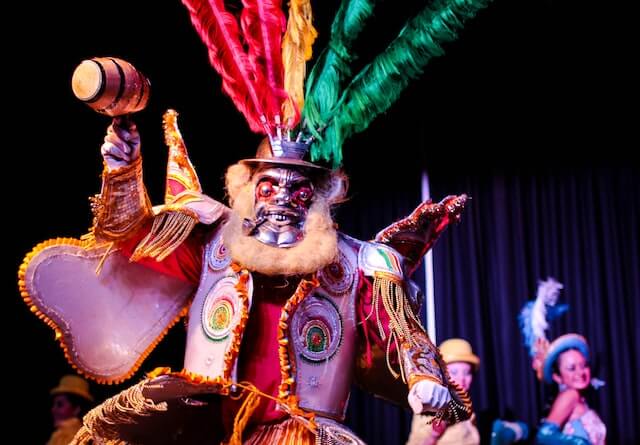
The famous Latin American writer Eduardo Galeano had this account in "Days and Nights of Love and War": "Earlier Lucifer himself opened the mining carnival, he rode in from the main street of Oruro on a white horse. Today, the Devil's Festival attracts visitors from all over the world." As the smoke of colonization dusts off history and the haze of the epidemic dissipates, Oruro's unique traditional culture is increasingly releasing its powerful appeal. Strolling through the narrow streets of the old town, a minibus full of visitors, the forgotten city on the "lonely continent" is boiling with carnival.
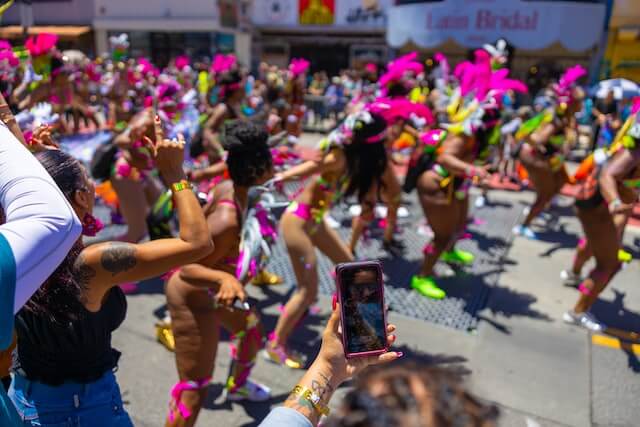
Today, the former silver caves of Opulo are abandoned, but tin mining and smelting is still in full swing. Amidst the smoky atmosphere of barbecue and ore dust, the people and tourists, who do not mind the high altitude, tirelessly dance to express their love for the land and their desire for a better life.

